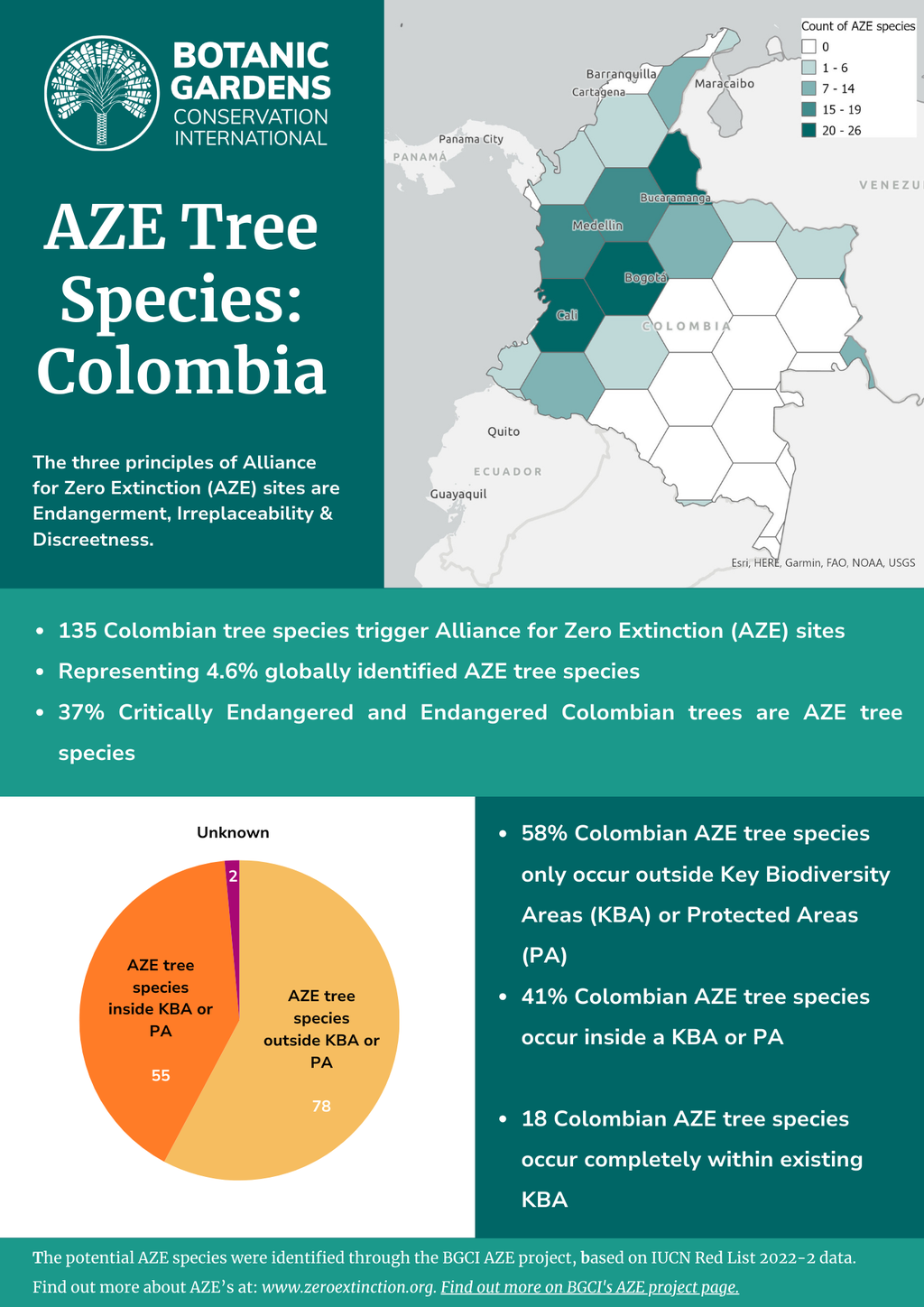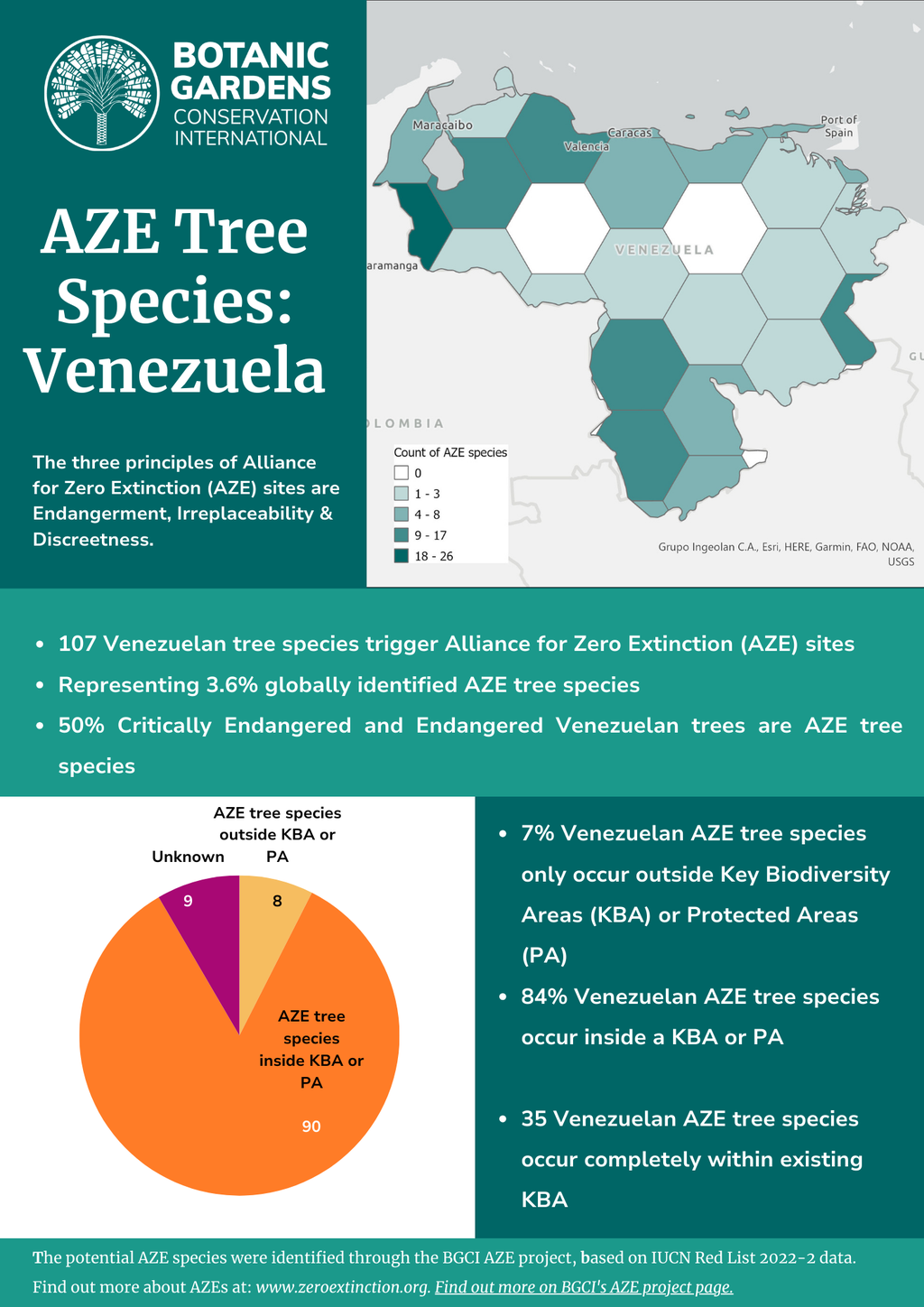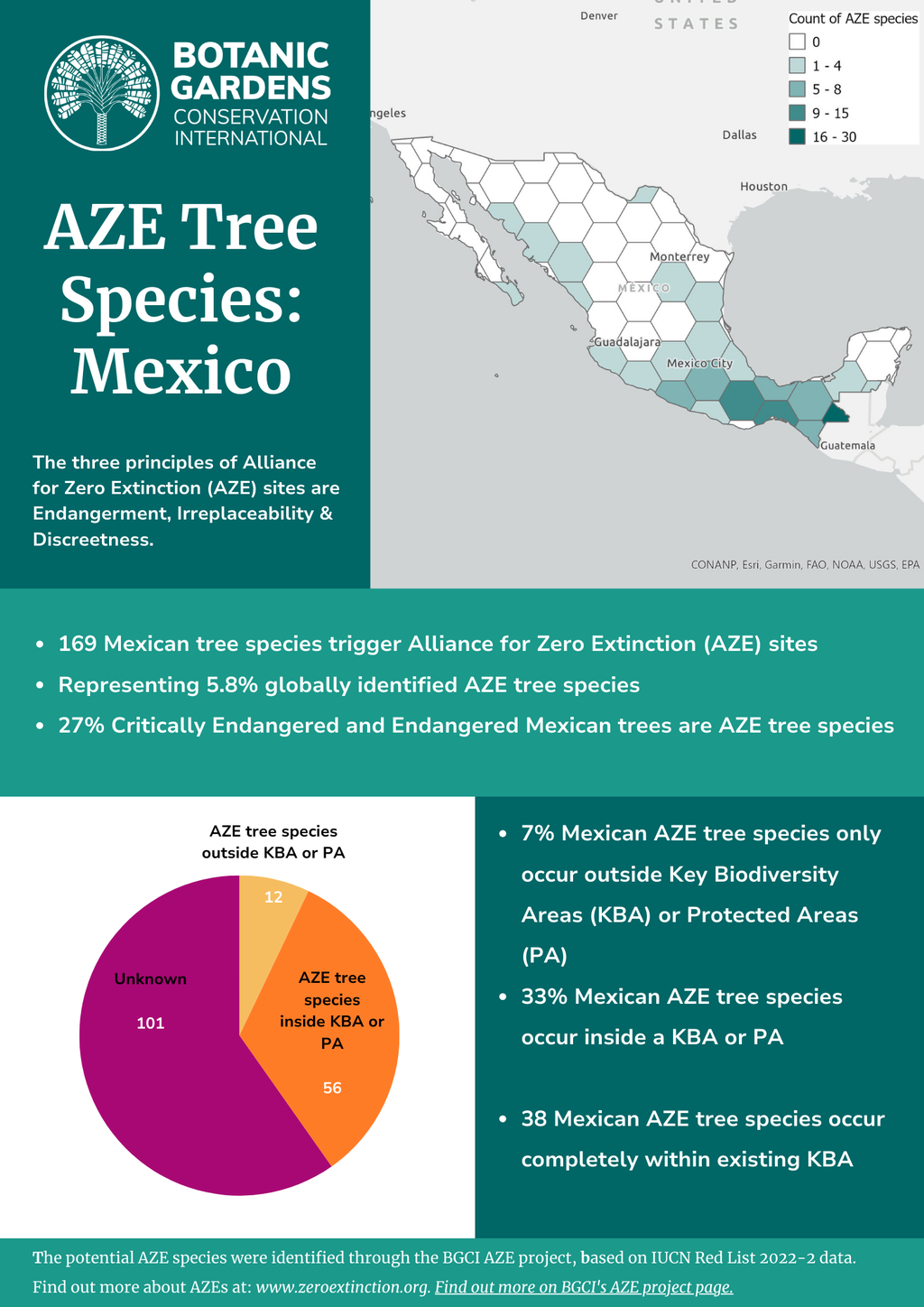Developing an AZE Methodology for trees
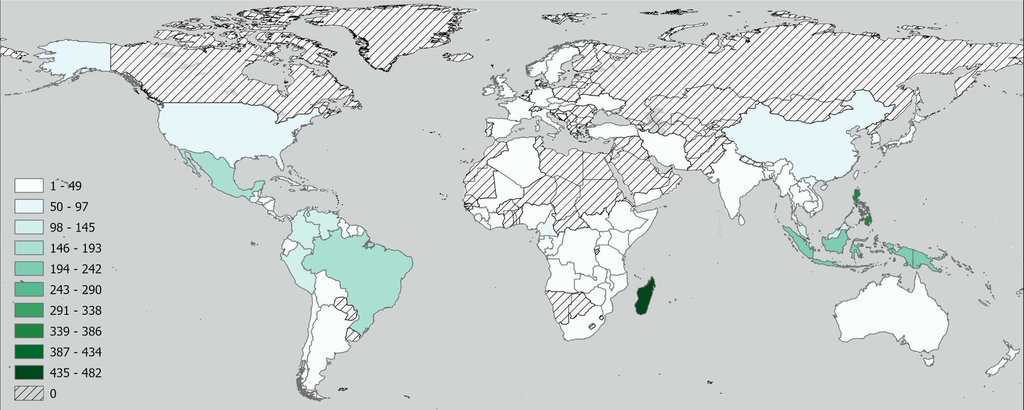
-
Status of project
Completed -
Region
Global -
Programme
Global Tree Assessment -
Workstream
Saving Plants -
Topic
Conservation Prioritisation
Developing a methodology to identify Alliance for Zero Extinction (AZE) tree species on a global scale
Project: Completed
Funded by: Fondation Franklinia
Project Goals
The project developed a methodology to identify tree species which meet the Alliance for Zero Extinction (AZE) principles. We produced a methodology that is accessible, repeatable and updatable.
Project Background
Some of the Earth’s most threatened species are restricted to just a single site, making these sites globally irreplaceable from a biodiversity conservation viewpoint. These species are in most urgent need of conservation in order to prevent imminent global extinction. These sites are irreplaceable and require safeguarding.
Alliance for Zero Extinction (AZE) was established to identify, effectively conserve and safeguard the most important sites for preventing global species extinctions. AZE sites are a subsection of Key Biodiversity Areas (KBA). For a species to qualify for an AZE site, there are three principles which must be met:
1. Endangerment: An AZE site needs at least one Endangered (EN) or Critically Endangered (CR) species, as assessed on the IUCN Red List.
2. Irreplaceability: An AZE site should only be designated if it is the sole area where an EN or CR species occurs (contains >95% of the population).
3. Discreteness: The area must have a definable boundary.
Why AZEs?
AZEs and KBAs are of high importance for conservation policy. They are regularly used as a tool for decision making by governments, the financial sector and the corporate sector to minimise biodiversity loss and negative impacts. AZEs and KBAs are also used regularly by donors and NGOs to ensure conservation effort is focussed where it will have the greatest impact for nature. One of the ways the data is made available to decision-makers is through the Integrated Biodiversity Assessment Tool (IBAT).
There are currently 985 AZE sites, which are the areas that hold the last-remaining populations of one or more species evaluated to be Endangered or Critically Endangered. However, so far only 76 tree species have been included as an AZE in the existing KBA network. This leaves many tree species at risk of extinction when impact assessments are performed through tools such as IBAT.
Project Progress
The Global Tree Assessment is assessing the conservation status of all the world’s tree species. In 2021 the publication of the State of the World’s Trees was launched, revealing one third of tree species are at risk of extinction. Over 9,000 tree species are currently assessed as CR or EN. Many of these species are restricted to a single site, and could potentially qualify as an AZE species.
The information produced through the Global Tree Assessment can be used to ensure that trees are better represented in AZE and KBA sites. The Global Tree Assessment has added thousands of new tree species to the IUCN Red List, and many of these have the potential to be AZE tree species. Therefore, we have devised a methodology – based on the tree species assessment data found on the IUCN Red List – to identify which trees are highly likely to qualify as an AZE species.
The methodology for identifying potential AZE tree species on a global scale will be used as a basis to identify potential species, which are highly likely to qualify as AZE species. The methodology addresses both AZE principles 1 (Endangerment) and 2 (Irreplaceability). In order to identify site boundaries to address principle 3 (Discreteness), the IUCN Red List maps can be used in collaboration with further work with in-country partners.
The methodology has now been published in Conservation Science and Practice.
Project Outputs
There have been 3,544 tree species identified as potential AZE trigger species. These species are distributed across the world.
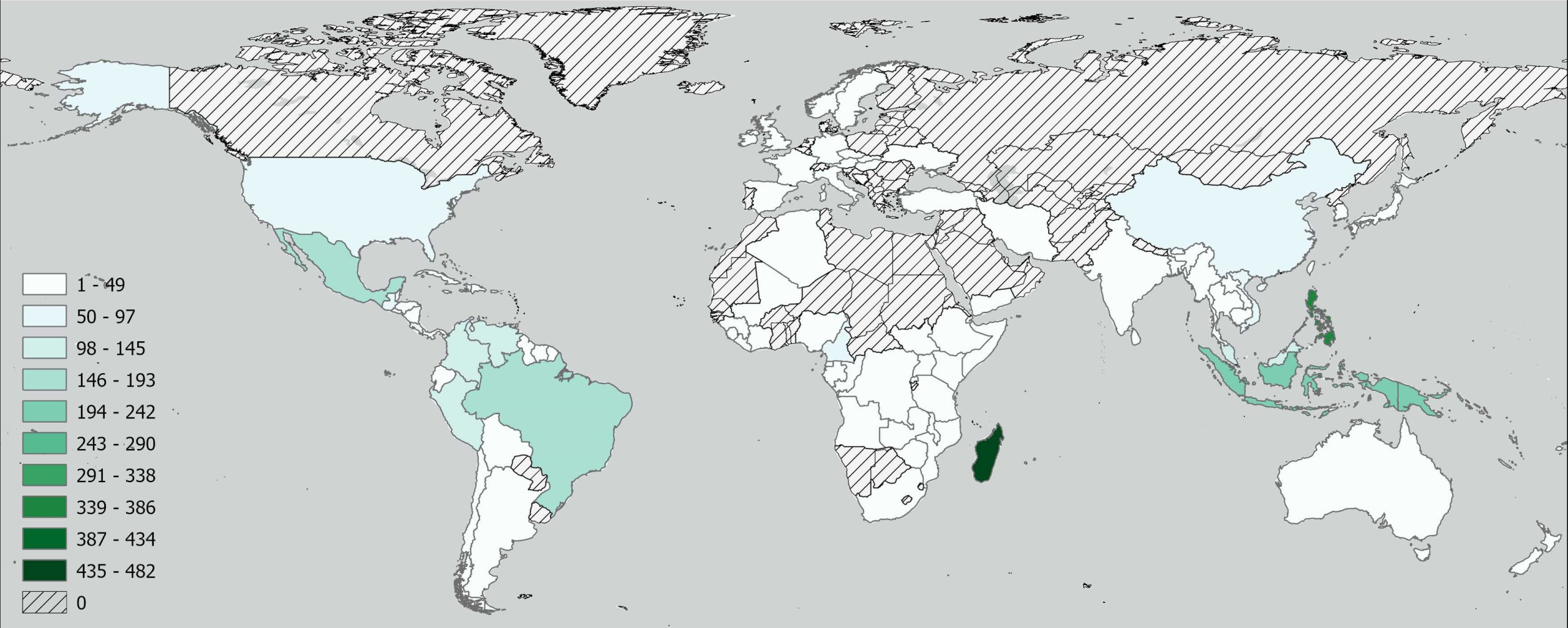
This information has been shared with partners in several countries, including Colombia, Mexico, Western Ghats, Peru, Ecuador, Papua New Guinea, Venezuela and the Dominican Republic. This information has been provided to feed into national initiatives to establish KBA (and AZE) sites. We have been working with project partners to explore adding potential AZE tree species in the KBA database. In addition, we have worked with partners on species specific examples, to ensure that species are added as trigger species in existing KBAs.
We have also created country factsheets to give an overview of the number and distribution of tree species which trigger AZEs. Thus far these have been created for the following countries: Colombia, Papua New Guinea, Venezuela, Mexico and Madagascar.
Next Steps
The next steps of the project are to:
- Continue to collaborate with in country partners to identify AZE trigger species and sites.
- Continue working with KBA secretariat to include potential AZE species in the official KBA database.
Want to know more?
Click on the images below to download the AZE Factsheets
AZE Factsheets (PDF Downloads)
